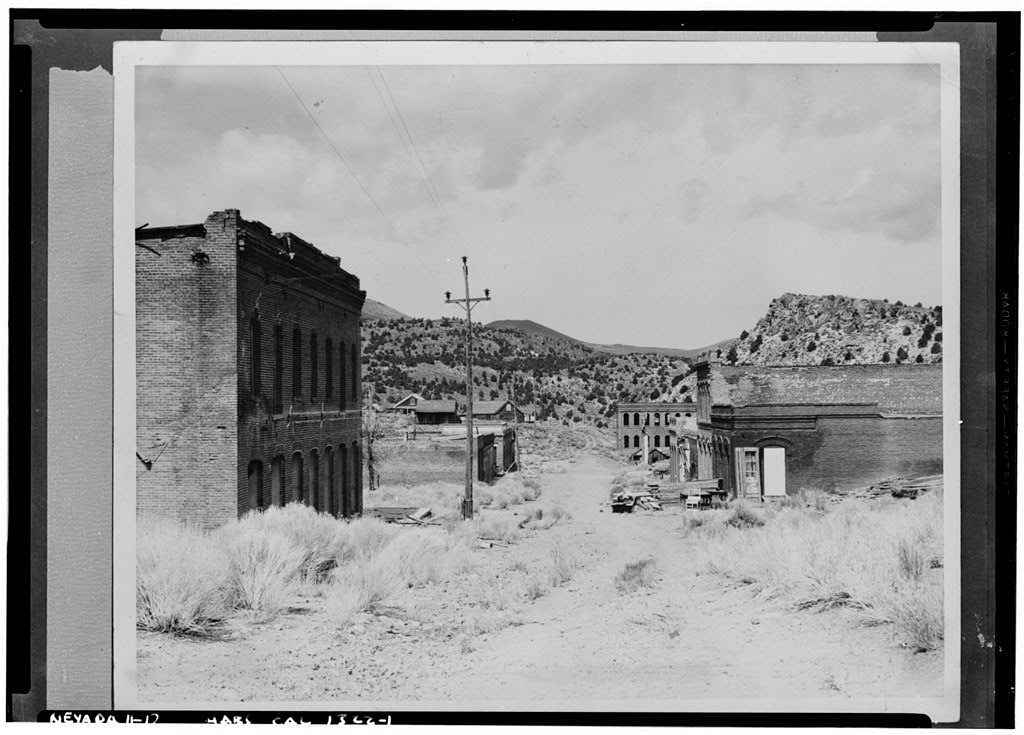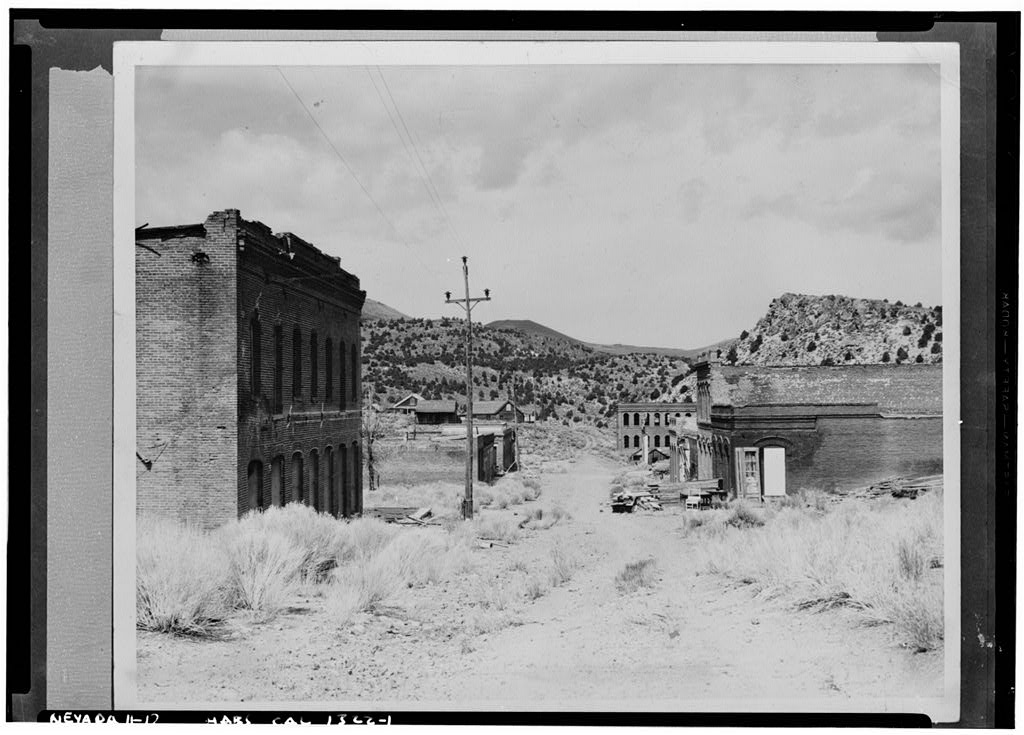Get to Know a Nevada Ghost Town: Aurora
Nevada’s history is full of mining boom towns with unique stories to tell. Then there’s Aurora, a town so remote that no one knew exactly where it was. The uncertainty resulted in Aurora serving as the county seat for two different counties… in two different states… at the same time.
Get to know this Nevada ghost town: Aurora
—
 The discovery of gold in late 1860 kicked off a rush of people flocking to Aurora. By mid-1862, an estimated 5,000-10,000 people lived in the area, making it the second largest city in Nevada, behind only Virginia City. Or was it? The combination of remote location, rough terrain, and inclement weather that frequently washed out area roads made the region extremely difficult to map. Both Nevada and California claimed the area. While awaiting an official survey to be conducted, Aurora served as the county seat for both California’s Mono County and Nevada’s Esmeralda County. Citizens were even able to vote in 1863 local elections in both jurisdictions. Ultimately, Aurora was determined to be in Nevada.
The discovery of gold in late 1860 kicked off a rush of people flocking to Aurora. By mid-1862, an estimated 5,000-10,000 people lived in the area, making it the second largest city in Nevada, behind only Virginia City. Or was it? The combination of remote location, rough terrain, and inclement weather that frequently washed out area roads made the region extremely difficult to map. Both Nevada and California claimed the area. While awaiting an official survey to be conducted, Aurora served as the county seat for both California’s Mono County and Nevada’s Esmeralda County. Citizens were even able to vote in 1863 local elections in both jurisdictions. Ultimately, Aurora was determined to be in Nevada.
The ruggedness it took to survive in Aurora wasn’t for everyone. Mark Twain, briefly lived in the area, making $10 a week working at a stamp mill. Ultimately deciding mining wasn’t for him, Twain left town for Virginia City to try his hand at writing.
As for the mining, Aurora’s ore was mostly been depleted by the end of the 1860s after producing $29 million worth of ore. There were a few attempts to reestablish mining in the area. Discovery of gold in nearby Bodie, California in the 1870s and again during World War I produced some small, but non-sustainable success. By 1920, the town was all but abandoned. Demand for recycled brick during the 1940’s led to the demolition of what parts of the town still stood.
The foundation of where the town used to stand can still be found about 30 miles southwest of Hawthorne, Nevada in present day Mineral County.

